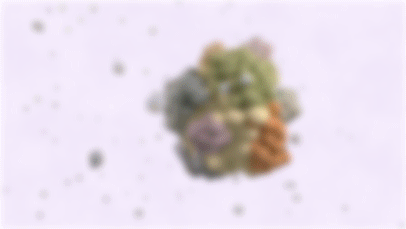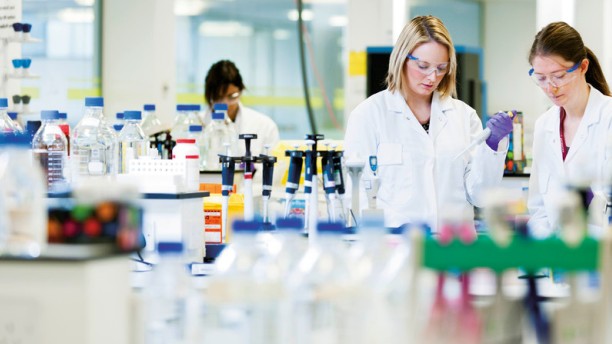Are we there yet?

http://cancerresearchuk.org/2016/03/03/new-immunotherapy-discovery-could-give-treatments-the-precision-they-need/
It looks like the cure for cancer has been resting inside our bodies all along. Maybe what we needed to do was to search deeper into ourselves and make that personal connection with it.
This is exactly what scientists at Cancer Research UK have done!
Let us go back down Memory Lane…
Over the past few years, the most notable form of cancer treatment that has been making headlines is immunotherapy. This is a form of treatment that uses certain parts of a person’s body to fight diseases. Essentially, a person’s immune system has a record of all the substances that are natural to their body. If any unfamiliar substance, like germs is detected, the body’s immune system will set to fight it. However, in as much as the immune system is great at detecting foreign bodies, it has not been successful at detecting and defeating cancerous cells for a number of reasons. The main one is that sometimes the immune system sees the cancerous cells as part of the family (talk of sheep in wolf’s clothing) since they resemble our normal cells . In cases where the immune system does recognize the cancer cells, the body’s defense mechanism is not strong enough to destroy it naturally.^
With all this knowledge, scientists resorted to finding ways to help the immune system fight its own battle against cancer. Popular methods that have been explored include cutting the brakes on immune cells, flagging cancer cells for destruction or genetically engineering a person’s immune cells to directly target cancer cancer cells.^ Most of these methods require that the body’s immune system be able to recognize the cancer cells.
So in instances where the body recognizes the cancerous cells why hasn’t treatments managed to get rid of cancer like they did with polio?
According to Professor Charlie Swanton of the Francis Wick an expert on cancer evolution, one of the reasons why some cancers, particularly lung cancer and melanoma, are so hard to treat is because they evolve so rapidly such that they outpace the drugs manufactured to destroy them. Professor Swanton and his team dedicated their efforts to try to figure out if they can use this complexity that makes cancer resistant to drugs as the sweet spot for the immune system to attack. ^
“We had suspected that the diversity of mutations we see in tumour evolution would be reflected by the antigens present on the cancer cells – but until now we had no proof.” Dr Nicholas McGranahan
The Breakthrough Discovery
http://www.labtalk.astrazeneca.com/oncology/focus-on-oncology-a-transformation-in-research-and-drug-development/
The scientific team made up of scientists from Havard, MIT and University College London, made a groundbreaking discovery in which they found out that patients in their study had already launched immune reactions against their respective cancers but unfortunately the reactions were too weak to destroy the cancerous cells. Close inspection revealed that immune cells were “buried” inside the tumor cells.

Immune cells attacking a tumor ^
The discovery made by Professor Swinton and his team was that even though complex tumors evolve all the time, they still retain a signature hall-mark feature of their origins.
“What we’ve found for the first time is that tumours essentially sow the seeds of their own destruction. And that within tumours, there are immune cells that recognise those flags which are present in every tumor cell,” said Swanton.
In confirming this amazing discovery in the journal, Professor Swanton describes how in two lung cancer patients, antigens that had mutated early still appeared in the tumors.^
How the Treatment will work
The work done undertaken in this study provides solutions to curing cancer. The first possibility involves taking a biopsy from patient’s tumor and investigate the genome to analyze the common flags found on all malignant tumors. If immune cells are found that recognize these flags they could be multiplied in the lab and re-infused into the patient as a stronger army. An alternative route would be to use the protein flags themselves to make a vaccine that would be injected into a patient to trigger immune response.
“Science is the best idea humans have ever had. The more people who embrace that idea, the better” Bill Nye


Recent Comments